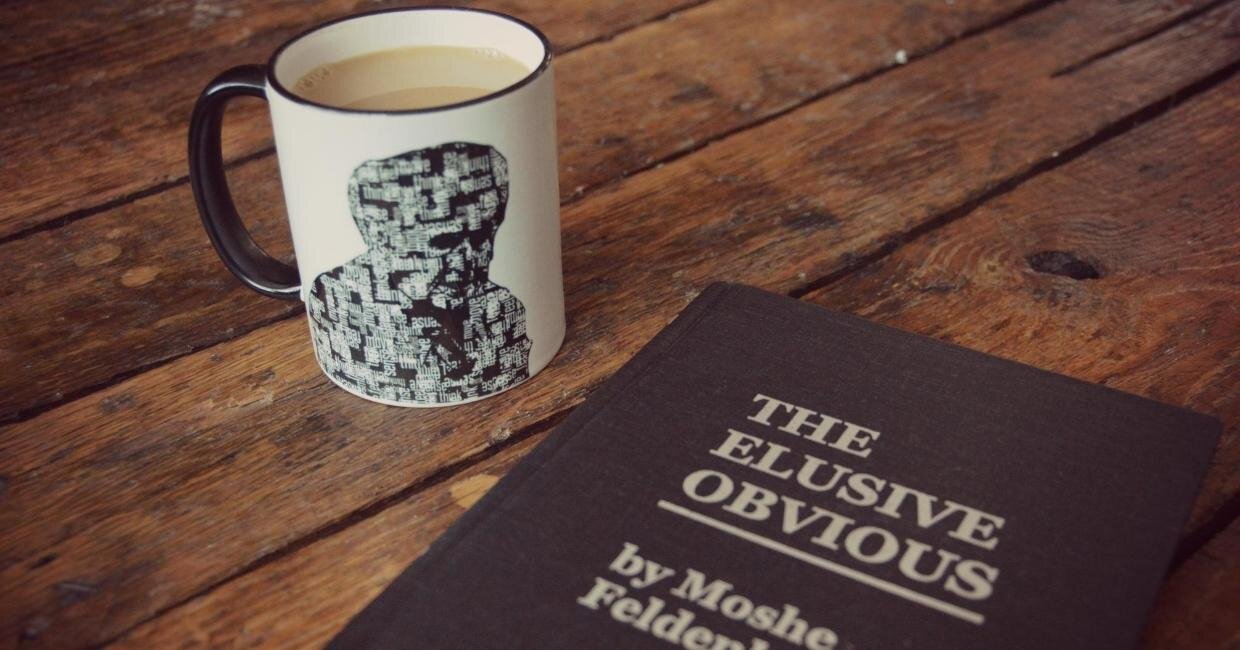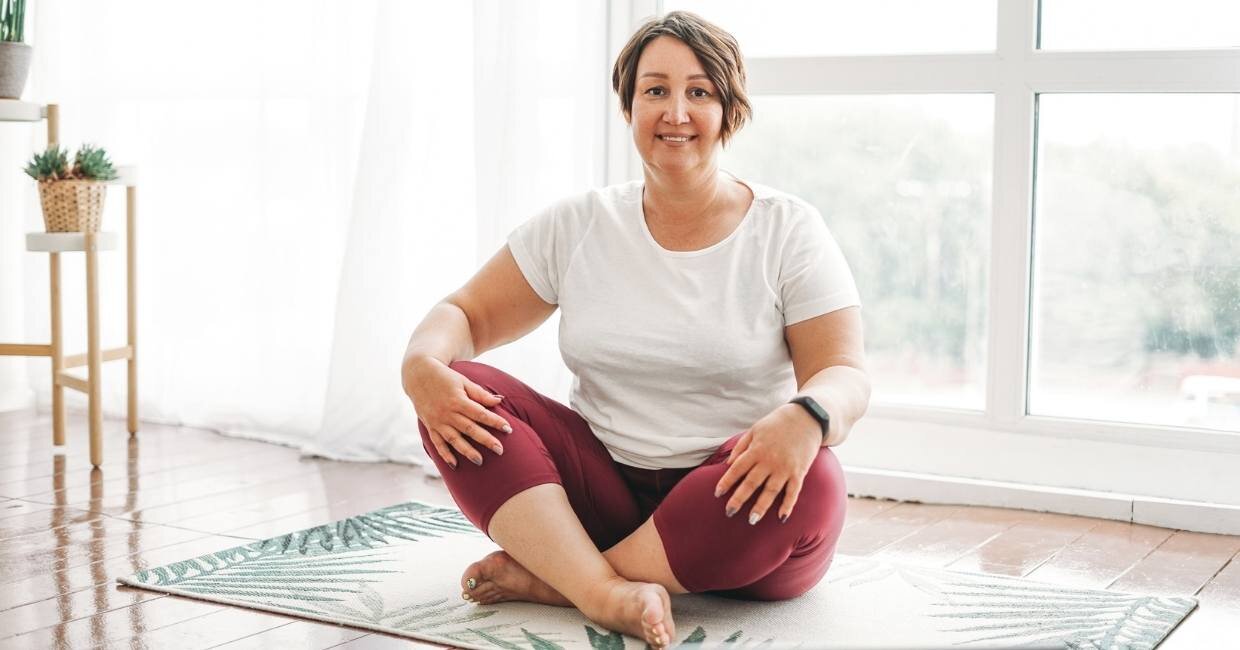Self-Image, Cultural Neuroscience & The Feldenkrais Method
Just imagine how powerful it could be to dance in between the worlds of me and we.
I am intrigued by how we develop our self-image over our lifetime and how we can consciously choose to shift that image.
I am currently on my fifth read of Awareness Through Movement by Moshe Feldenkrais. I read this book for the first time nearly fifteen years ago, and I am in awe as to what shifts in perspective and what stands out whenever I return to a great book.
In the preface of Awareness Through Movement, Moshe establishes three factors that determine our self-image: heritage, education, and self-education. One simple way to think of this is that our heritage more-or-less describes our genetic makeup. Our education refers to how cultural influences and self-directed learning are comprised of what interests us and how we choose to pursue those interests. That said, self-education is heavily influenced by our cultural experience and our need to be accepted, successful, or part of a community. This incredible triad acts as an intricate dance of the internal sense of self and our relationship with the external world to shape us moment by moment.
Now it seems that modern research is exploring this very concept. In February 2010 an article was published in Newsweek titled West Brain, East Brain. This fascinating article looked at some of the research that explores how our cultural conditioning not only impacts how we perceive the world, but how this perception shapes the brain.
“…scientists have been surprised at how deeply culture—the language we speak, the values we absorb—shapes the brain, and are rethinking findings derived from studies of Westerners. To take one recent example, a region behind the forehead called the medial prefrontal cortex supposedly represents the self: it is active when we (“we” being the Americans in the study) think of our own identity and traits. But with Chinese volunteers, the results were strikingly different. The “me” circuit hummed not only when they thought whether a particular adjective described themselves, but also when they considered whether it described their mother. The Westerners showed no such overlap between self and mom. Depending on whether one lives in a culture that views the self as autonomous and unique or as connected to and part of a larger whole, this neural circuit takes on quite different functions.”
Fascinating, isn’t it!? To think just for a moment that your self-identity could, to some degree, contain that of others. As a Westerner, a meditator, and a Feldenkrais fanatic, I am quite enthralled with the cultural and neurological difference of “me” and “we.” For me, it is clear that I have a unique and individual sense of self as a dominating experience and a sense of being part of a whole as a sort of sub-experience.
In my work and my meditation, I often intend to expand my awareness to include others as an extension of myself. So I have to wonder, does this conscious intention begin to shift me more towards a “we’ brain, or do I maintain a sense of neurological duality – oscillating at the moment between a stronger sense of “me” and a growing sense of “we”?
How does the Feldenkrais Method fit in?
Following Moshe‘s approach to the development of self-image and self-education, it is interesting to explore how the cultural interplay influences how we assess a situation.
“Cultural neuroscience,” as this new field is called, is about discovering such differences. Some of the findings, as with the “me/mom” circuit, buttress longstanding notions of cultural differences. For instance, it is a cultural cliché that Westerners focus on individual objects while East Asians pay attention to context and background (another manifestation of the individualism-collectivism split). Sure enough, when shown complex, busy scenes, Asian-Americans and non-Asian–Americans recruited different brain regions. The Asians showed more activity in areas that process figure-ground relations—holistic context—while the Americans showed more activity in regions that recognize objects.”
So here we are, living in our cultural sphere approaching life with that context. So the question is now…., can that change? Can we develop a sense of thinking both as an individualize (me) and a collective (we)? My guess is yes. I believe that some of the research going on now with neuroscience and meditation may bring some insight into how we, as Americans, can learn to take on a more holistic context. Just imagine how powerful it could be to dance in between the worlds of me and we. What would shift in the way we assess situations, problem-solve with others, and grow as a community?
RELATED POSTS











